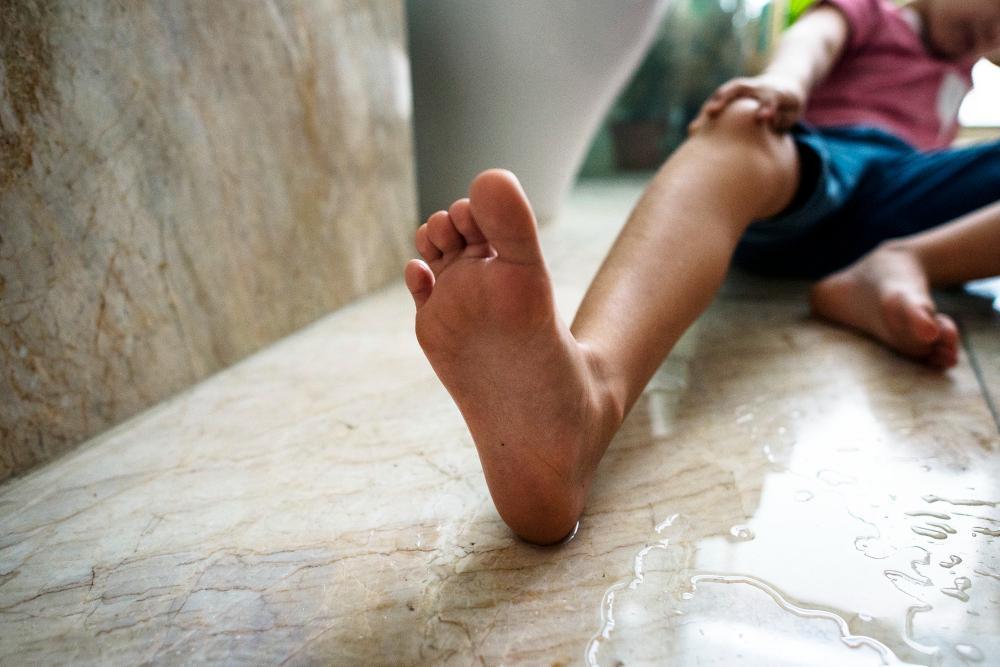Complications From Blisters on the Feet
 Foot blisters are so common that many people who have them will complain about the pain and discomfort but otherwise ignore it. This foot condition should not be shrugged off though. Proper treatment can speed up the healing process and prevent complications.
Foot blisters are so common that many people who have them will complain about the pain and discomfort but otherwise ignore it. This foot condition should not be shrugged off though. Proper treatment can speed up the healing process and prevent complications.
In this brief article brought to you by Mountain Spring Podiatry, we highlight the potential complications from blisters on the feet. If you’d like to consult with a licensed podiatrist about symptoms and concerns, call Mountain Spring Podiatry to schedule a face-to-face appointment for as soon as possible.
What Are Foot Blisters?
Foot blisters are fluid-filled pockets that develop on the skin. They are typically caused by friction, pressure, or repetitive rubbing. They can occur due to various factors such as wearing ill-fitting shoes, engaging in high-impact activities, or experiencing excessive moisture on the feet. While blisters may seem harmless initially, they can lead to complications if not addressed promptly.
Defend Against Bacteria and Contamination
One of the most concerning complications of foot blisters is the risk of infection. When a blister ruptures or is punctured, it exposes the underlying skin to bacteria, increasing the likelihood of infection. In severe cases, infection can spread and lead to cellulitis or abscess formation, requiring medical intervention. Symptoms of an infected blister may include increased pain, redness, warmth, swelling, and pus drainage.
Speed Up the Healing Process
Ignoring foot blisters and continuing activities that cause friction can impede the healing process. Persistent friction or pressure on a blister can prevent the skin from repairing itself, leading to prolonged discomfort and potential scarring.
Delayed healing may also result in secondary complications, such as increased susceptibility to infection or the formation of calluses. Timely and proper foot care is essential for a quick recovery.
Notorious Blister Symptom: Pain and Discomfort
Untreated blisters can cause ongoing pain and discomfort, especially when walking or wearing shoes. The fluid-filled sac puts pressure on the surrounding tissue, exacerbating pain and hindering mobility. Chronic pain from neglected blisters can interfere with daily activities and quality of life.
Blisters Contribute to other Foot Problems
Chronic blistering can contribute to other foot problems such as corns, calluses, and dermatitis. The constant friction and irritation weaken the skin’s protective barrier, making it more susceptible to damage and inflammation.
Additionally, chronic blister formation can be a sign of other issues related to footwear choices, foot structure, or gait mechanics that need attention to prevent further complications. Having a licensed foot doctor assess your biomechanics can do wonders for more comfortable walking and running.
Preventing Complications and Promoting Healing
There’s plenty of good news: you can avoid complications from foot blisters and facilitate faster healing by taking proactive measures such as:
- Wearing well-fitting shoes with adequate cushioning and support to reduce friction and pressure on the feet. Avoid tight or narrow shoes that can rub against the skin and cause blisters.
- Keeping feet clean and dry, especially during physical activity or in hot weather. Moisture-wicking socks can help absorb excess sweat and prevent blister formation.
- Refraining from popping or puncturing it unless necessary for medical reasons. Clean the area with mild soap and water, apply a sterile dressing or blister pad, and avoid further irritation.
If a blister becomes infected, shows signs of severe inflammation, or does not improve with home care, consult a foot doctor sooner rather than later. Our foot specialists at Mountain Spring Podiatry are here to help with everything from foot care and assessments to long-term treatments of foot and ankle conditions.
